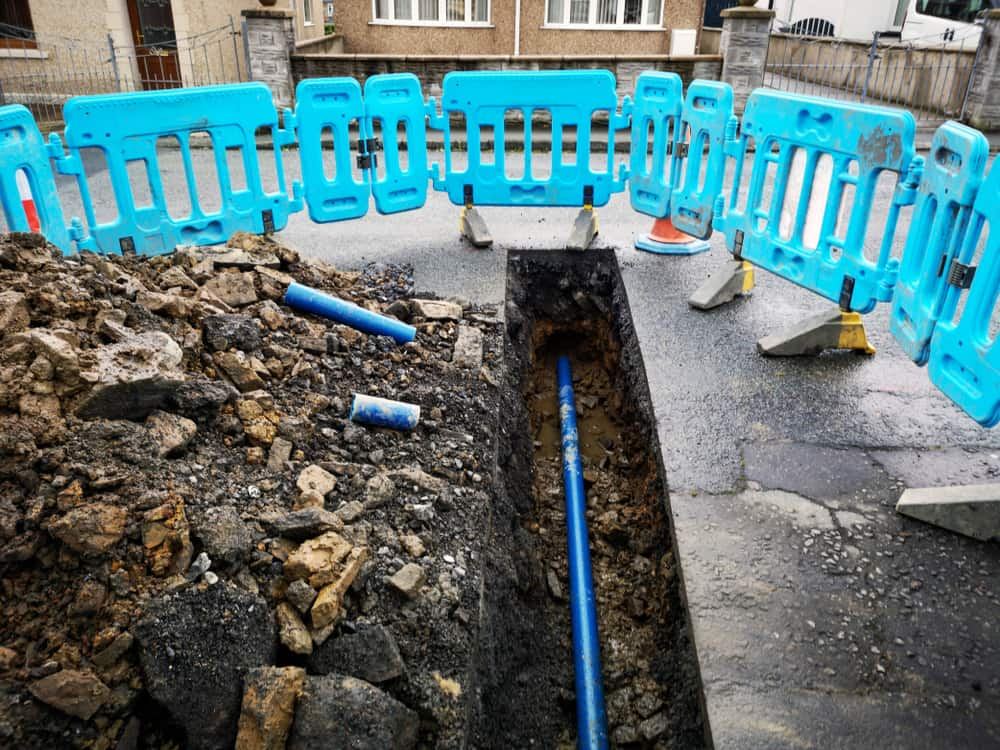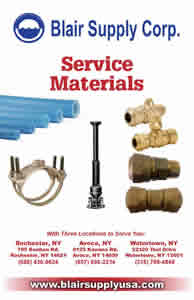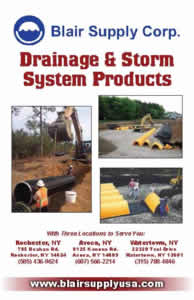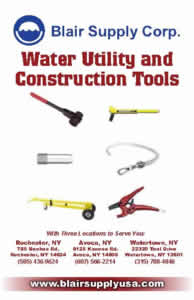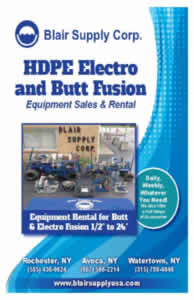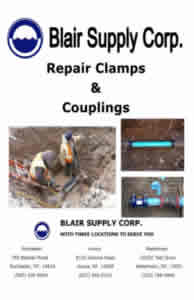Blog
A Quick Guide to Essential Principles of In-Place Pipe Repair
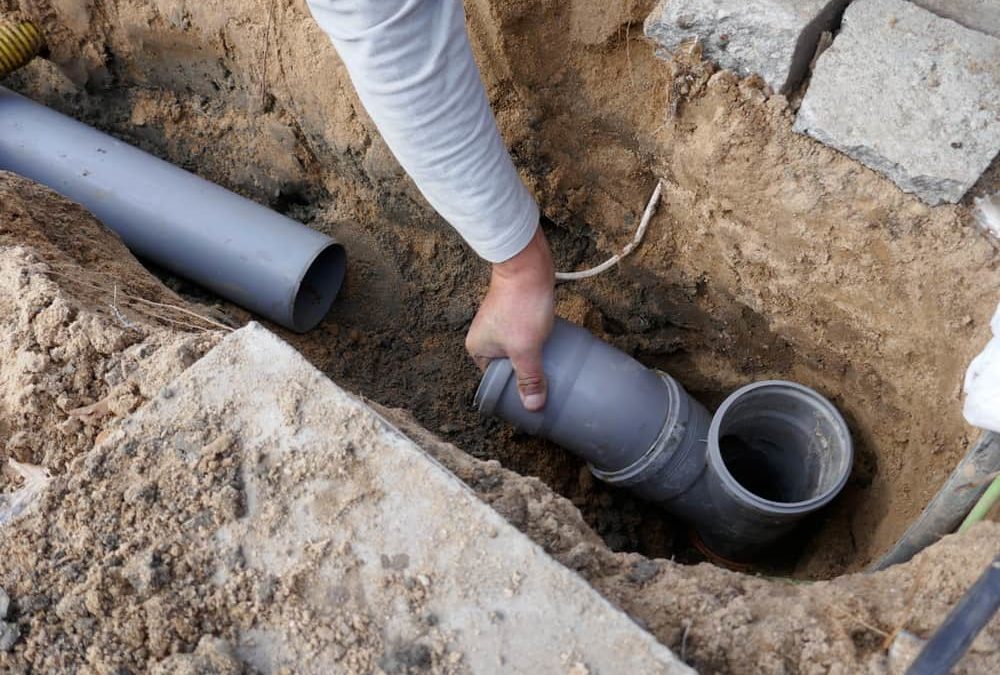
There are two basic methods of repairing and replacing faulty pipes – the “shutdown” method and the “repair in place” method. Between the two, the in-place method is more beneficial, as it allows for faster implementation of a suitable repair method, such as putting a Mueller repair clamp in place without interrupting normal operations of the system. However, that’s not the only reason why this method is the better option for most cases.
What are the basic principles of in-place pipe repair?
When implementing the “repair in place” method for your cracked, burst, or broken pipes, it’s important to be familiar with the most important advantages this type of repair brings, but also what factors can affect the process and what considerations you have to make before you begin restoring the pipes into good operational conditions.
Advantages
Among the numerous advantages of the “repair in place” method for cracked, damaged, and burst pipes over the traditional “shutdown” method, the biggest ones are:
- Far less downtime and intact water flow for various critical and emergency services, such as fire fighting, hospitals, and other vital institutions.
- Less disturbance of the soil due to the limited scope of excavation and a less intrusive method for locating the pipe and working on repairing it.
- Fewer associated costs since the repair fittings, such as high-quality clamps, are far less expensive when compared to whole-pipe and sectional replacements.
- Fewer personnel and mechanization required to the smaller scope of excavation and repair procedures.
- Faster repair times due to lowered demand for excavation.
- Less hazardous for the entire system since the “repair in place” method limits internal content exposure to contamination and prevents infiltration of dirt, debris, and other pollutants into the pipe.
- Less post-repair decontamination.
Considerations 
In order to adequately perform an in-place pipe repair it’s necessary to carefully and completely assess all the conditions surrounding the procedure through a series of detailed steps:
- A thorough inspection and assessment of all the critical aspects of the repair, such as the damage location, size, and type.
- Accurate assessment of all the operating conditions your clamp will have to withstand, such as line content, water temperature and pressure, and the diameter of the pipe.
- Inspection of the pipeline geometry that can greatly affect the performance and the longevity of the repair clamp.
- To ensure you’re repairing the broken pipe in the best possible way, you have to use clamps and materials capable of withstanding all the requirements of day-to-day use.
Only through a comprehensive process that consists of inspection, assessment, and preparation before you begin repairs will you be able to guarantee unaltered performance and dependable use after all your repairs are completed.
Where can I find a high-quality Mueller clamp to repair my pipe?
There are many reasons why different types of pipes can develop a leak, and knowing the basic principles of repairing them is extremely useful even if you don’t plan on doing it on your own. However, besides knowing what to pay attention to when repairing pipes made from different materials and what causes them to crack, it’s also important to be familiar with the different factors that can affect the process of repair.
Once you’ve gathered all the pieces of information necessary, it’s time to acquire a high-quality Mueller pipe repair clamp, and our company’s here to help you with that. We’re a nationwide provider of durable and long-lasting pipe repair clamps that will enhance the lifespan of your pipes and grant you peace of mind knowing they’re in top condition. We distribute across the country from our warehouses in Avoca, Watertown, and Rochester.

